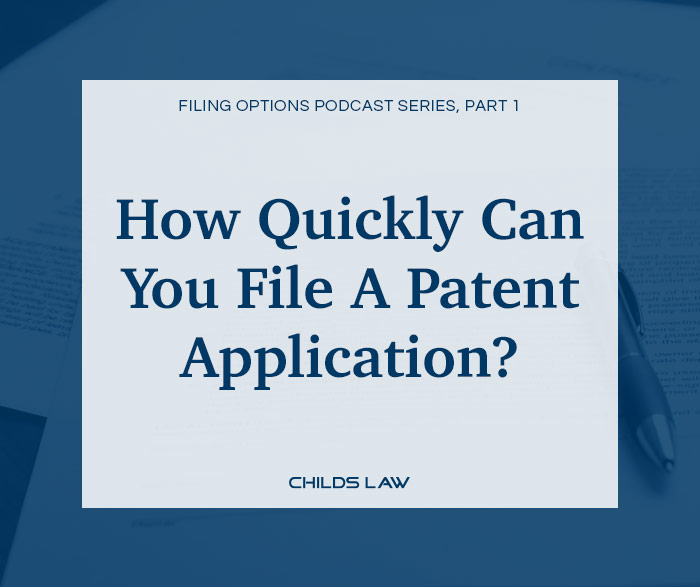How Quickly Can You File A Patent Application?
I get calls from inventors all the time who want to know how quickly they can file a patent application. This question usually arises because the inventors are in a hurry to start selling their invention, to publish their invention, or to talk with investors. The short answer to this question is: you can file patent application as soon as it's ready. The filing process itself is electronic and nearly instantaneous. However, for the purposes of this post, it will be assumed that you will have a patent attorney help you draft your patent application. And that takes time. There is no set limit for how long it takes to prepare a patent application. However, most patent applications take about 30 to 40 hours to draft. This estimate includes the initial inventor interview when the patent attorney interviews the inventor to learn as much as possible about the invention. This estimate also includes the process of drafting the patent application and revising the patent application based on inventor feedback. This estimate does not include a patentability search or a freedom to operate search. Those are usually separate, optional services. Typically, the process from start to finish takes about 3-5 weeks,…








